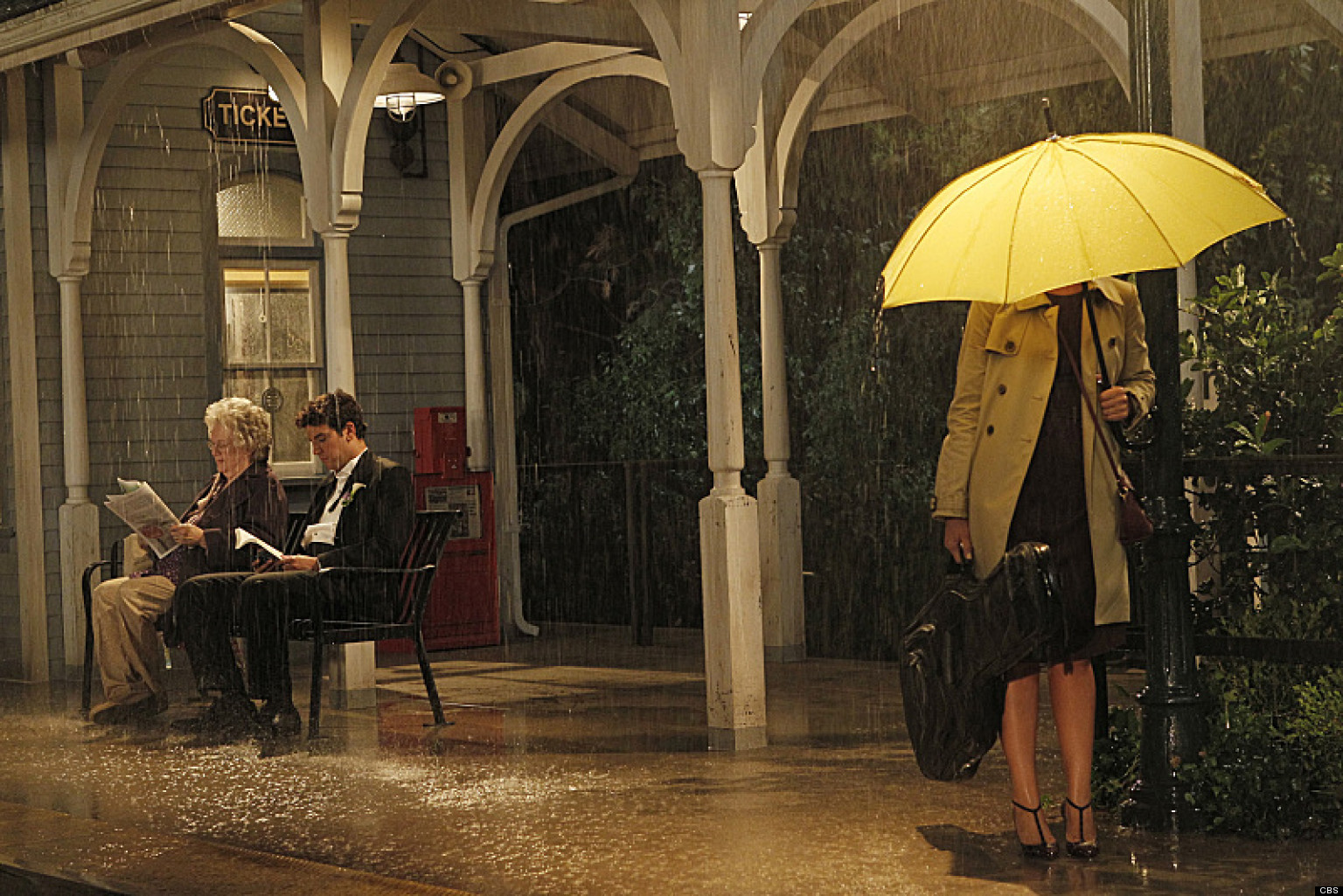Buffy and Giles’ relationship evolved over the course of seven seasons, hitting a number of major turning points. With the bad and the good, in the end they stood together at the edge of the apocalypse as they had when she was sixteen and patrolling cemeteries.
Rupert Giles is often perceived as a father figure to Buffy. In the grand scheme of the show, however, their relationship is an evolving one, changed by a number of events that were the result of the decisions of one or the other.
Giles appears in the first episode to introduce the audience to the Slayer myth, which includes a helpful man to serve as her Watcher to ensure she follows the Council’s guidelines and purpose, foreshadowing an issue that was touched upon in later seasons of Buffy: the conflict between individual will and the power of a group that seems to be doing things “for the best.” The Council itself serves as a father figure throughout the course of Slayer history, which insinuates the epic screw-ups across time are a result of an overbearing patriarchal structure. (One of the many reasons I love Joss Whedon’s work is that his ideologies are infused into all of his work and in turn his work makes people think about what it is they are actually seeing.)
Six events in the Buffy-Giles timeline serve as turning points that change the nature of their relationship as a result of internal and external conflicts.
Giles is present first as a father figure from his introduction as her Watcher. Both his duty as a Watcher and his personal relationship with Buffy reflect the role of a father in her life. One issue between Giles and the Council is his feelings for her: he cares about her too much to objectively serve as her Watcher. The Council historically viewed Slayers as tools, a perspective that Giles has a hard time reconciling with the feelings that develop as a result of both their personalities and the time that they spend together.
In a funny way, a metaphoric event in the second season demarcates Giles as a father to Buffy. The episode “Band Candy” is one of the funniest and most chaotic in the early parts of the series and revolves around a stock of candy bars that turn adults into teenagers mentally and emotionally. It results in many shenanigans, showing many of the adult characters of the show reverting to their teenage selves. Giles shows his true colors as a rebellious teenager, playing punk on vinyl and chain smoking. As Buffy and Co. attempt to find a solution to the town devolving into chaos, Giles and Buffy’s mother Joyce hang out, listening to records and talking.
And herein lies the metaphor: in Ancient Roman civilization, when a man has sex with someone’s mother, they are then considered the person’s father. It’s implied – and discovered by Buffy in a later episode – that Joyce and Giles have sex on top of a police car, a subverted nod at Giles’ role as a father figure in Buffy’s life.
Season 3 represents a huge turning point in the relationship. In the episode “Helpless,” Giles drugs Buffy for a Council test as a part of her Slayer training, which forces Buffy to fight a brutal vampire without her powers. She sees it as a huge betrayal, leading her to ask Giles to step down as her Watcher and tell the Council that she will operate on her own. This is the first time their relationship begins to splinter and change, moving their relationship towards friendship and away from being a father and daughter.
Their relationship is in a constant state of flux as the series progresses. There’s a nod to Giles’ role as her father figure in the episode “Something Blue” (my favorite) in which Buffy asks him to give her away at her wedding, her engagement to Spike induced by a spell of Willow’s gone awry. Though it’s clear that they still have a close relationship, the Scoobies are beginning to grow up and Giles’ role shifts to that of an adult friend rather than strictly a mentor.
The greatest moment in Giles and Buffy’s relationship is in the iconic and devastating Season 5 episode “The Body,” (see my earlier post “Growing Up Fast: The Slayer Edition”) in which Buffy relies on Giles to help her get through her mother’s death. In the next few episodes she learns what it means to be the head of a household, dealing with bills and what it means to raise her sister Dawn.
Season 6 begins with Buffy’s return to the land of the living and with it the return of Giles from London. He had left America because Buffy had been the only thing tying him to California. Due to her lack of feeling and connecting with her friends and family, Buffy relies on Giles to take care of things. She hides the fact that the only thing she feels is anger, pretending everything is normal with everyone except Spike.
In the episode that revived the series, “Once More With Feeling” uncovers all of the dirty secrets the characters tried to hide, including Buffy’s inability to connect. Giles’ song “Standing” is set mid-episode, before Buffy’s secret comes out. He reveals that as much as he wants to take care of her, that stage of their relationship is over because she’s a grown woman and needs to take responsibility for her life. “Walk Through the Fire” is the big ensemble piece of “OMWF” in which Buffy’s internal struggle mixes with the rest of the group’s perspectives on her behavior.
In the very next episode, “Tabula Rasa,” (which I always refer to as “really funny until suddenly it’s not and there’s Michelle Branch and people are crying”) Giles goes back to London because his life does not intersect with Buffy’s anymore. His intentions are good, but he leaves Buffy at a critical moment because he feels that she needs to learn how to take care of herself.
The very last point in the relationship between Buffy and Giles comes at the end, when he stays to fight The First with the Slayers and the men assisting them. The last stand brings them full-circle, the show ending with the original Scoobies still standing. Whedon didn’t end up killing off any of the four (Buffy, Giles, Willow, and Xander), though none of them came away unscathed. In the final battle Buffy and Xander both lost people very dear to them, and in the course of the seven seasons there were a number of losses and injuries both physical and emotional that the four endured. As they grew and evolved, what remained was their love and loyalty to each other, despite the lowest and the darkest points.






